
What exactly is CT angiogram and when is it done?
CT angiography is a procedure that uses computer tomographytechnology to check the blood vessels (arteries and veins) in various areasof the body. It is usually suggested in the following situations:
when the doctor suspects on some kind of narrowing orblockage in blood vessels,when it is necessary to identify disease and aneurysm insome blood vessel,when blood needs to be sampled from a specific vein todetermine whether or not some endocrine disease is present,when small aneurysm or some arteriovenous malformationwithin the brain needs to be detected,when pulmonary embolism needs to be detected, oratherosclerosis disease in the carotid artery of the neck.It can also be of help when it is necessary to indicateabnormalities in the renal artery and visualize blood flow before the kidneytransplant procedure. This all implies that it is very helpful in setting theright diagnosis and conducting the further treatment of various medicalconditions.
How is CT angiogram procedure done and are there any risksrelated to this kind of procedure?
As for the way in which the procedure is performed, it isimportant to say first that it does not require staying in the hospital. It is doneon the outpatient basis, and with the help of CT scanner. The patient needs todrink only water before the procedure, and no metal objects should be presentduring the procedure. Also, the doctor will inquire if the patient suffers fromany allergic reactions, and after that, an IV is placed in the forearm intowhich the contrast agent will be administered. The CT scan will take a numberof X-ray images from several angles while rotating around the patient, and theywill be sent to a computer, where they will be transformed into a 3-dimensionalimage of the patient. As for the duration of the procedure, it may even be done in 10 seconds, but it depends on several factors, including the reason.
Regarding the risk, even though this procedure has manybenefits and advantages in comparison to MRI scan for example, it is true thatthere are some negative sides. For example, it may cause allergic reaction, oreven damage to the skin, blood vessels and nerves, due to the leakage of thecontrast material. There is a slight risk of cancer, since the patient isexposed to radiation, and the procedure is not recommended in patients withdiabetes, kidney disease or severe heart disease.



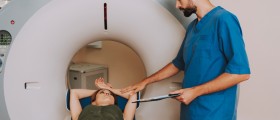

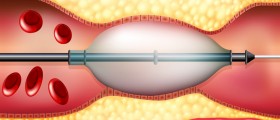
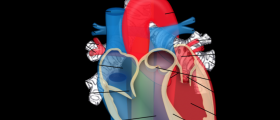



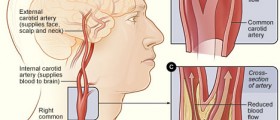





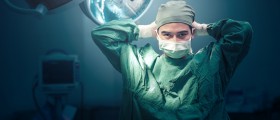
Your thoughts on this
Loading...